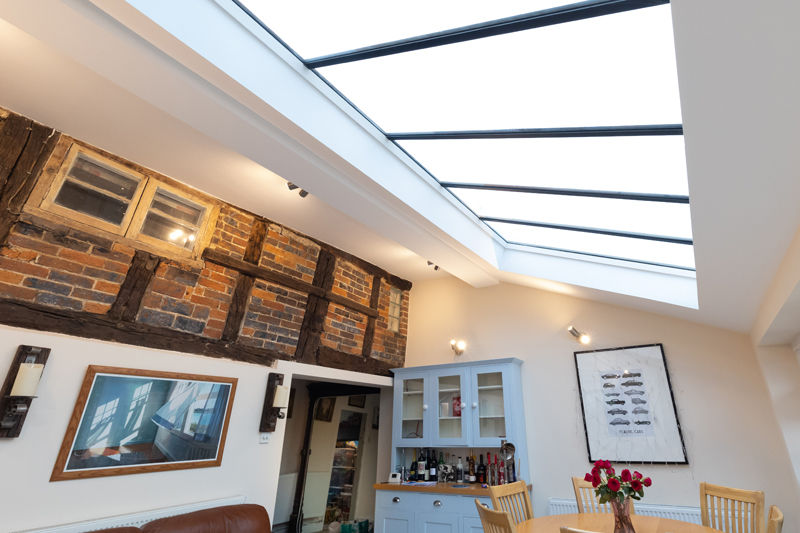David Connacher, Marketing Manager of West Fraser, discusses the benefits of engineered wood panels

It is well accepted that the use of timber panel products began a century back when plywood was first manufactured in quantity. Aeons beforehand, the Egyptians also came to understand the benefit of gluing sections of timber together, enhancing the natural strength of wood fibres by alternating the direction of the grain.
Today, as mankind struggles with huge population growth and consequential pressures on natural resources as well as the wider environment, engineered wood products present some of the best opportunities to provide people with shelter and warmth, while also optimising our energy usage and better managing our forests: the lungs of the planet.
Despite its strength and general durability, the inescapable problem with plywood is its dependence on peeling wood veneers from large diameter, more mature trees. In fact, some of those presently being felled by manufacturers will likely have been planted in the years after The Great War had laid bare Europe’s landscape. By contrast, the timber which is currently being harvested to make more modern panel products like MDF, OSB or chipboard comes from well managed forests where these much younger, mainly softwood species are being replanted at a faster rate than they are being cropped.

Furthermore, because of the advanced production techniques employed in plants such as at West Fraser’s Inverness site, a far larger proportion of each tree is utilised in the process while what is theoretically waste goes as biomass to fuel the driers or warm office spaces. Even out on the hillsides, the brash that is cut from the likes of spruce and Scots Pine is laid down as a carpet to protect the ground from the weight of the machines.
While large scale structural elements like glue-laminated timber beams and walls of cross-laminated timber panels are featured around the interiors to schools, hospitals and other public buildings, much more engineered wood by volume goes unseen in less glamorous but vital applications such as sheathing, sarking, flooring and the facing to highly energy efficient structurally insulated panels (SIPs).
While the manufacturers of timber frames, SIPs and roof or floor cassettes proudly promote the low waste, chain of custody and other green credentials of the panel products they purchase, their performance potential is of even more importance long-term. Parameters like racking and pull-out strength, moisture conditioning, impact resistance and even acoustic control are all contributing factors in helping create buildings which will function properly for current and future generations.
Making the most of available materials for constructing the properties we live and work in is a crucial counterbalance for a world where factors like disposable plastics and fast fashion have hugely detrimental impacts on people’s environmental footprint.
The move towards offsite or Modern Methods of Construction has gained significant momentum during the first quarter of the 21st century, with timber framing being the biggest beneficiary, bringing improved accuracy and better energy standards as well as far greater cost certainty. We are, however, only part way on a journey for engineered wood as a key component to offsite fabrication as well as the quest for Zero Defects and Zero Carbon.
In recent years, West Fraser has seen a big increase in the use of its SterlingOSB Zero and other products like CaberDek by engineered wood specialists, who cite their outstanding dimensional accuracy, stability and ease of machining as the use of CAD Cam production techniques eclipse traditional bench skills.
What is now a hybrid supply chain is not only delivering open and closed panel timber frames along with SIPs and cassettes or sectionalised loft structures, but there is also a boom in bespoke solutions featuring smaller components. The trees growing today across the forests of the Northern Hemisphere may still closely resemble the genotype of species which covered the landscape centuries ago, but the uses to which they are being put bears little resemblance to the timber framed homes of Tudor times or even 20th century construction. There is a whole new world of engineered wood. https://uk.westfraser.com










